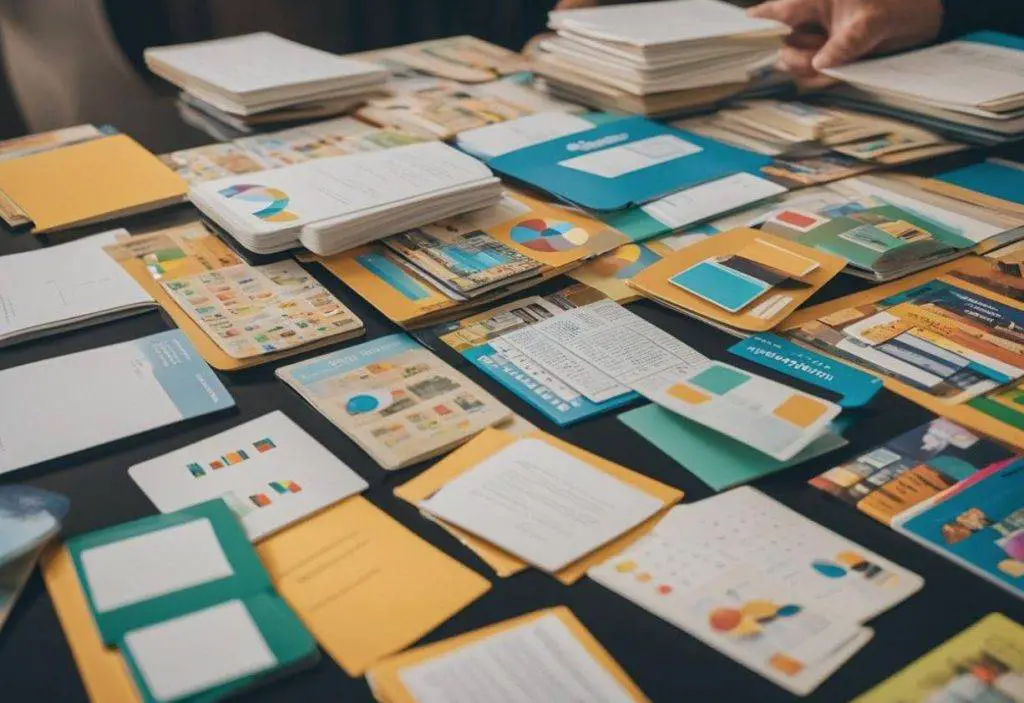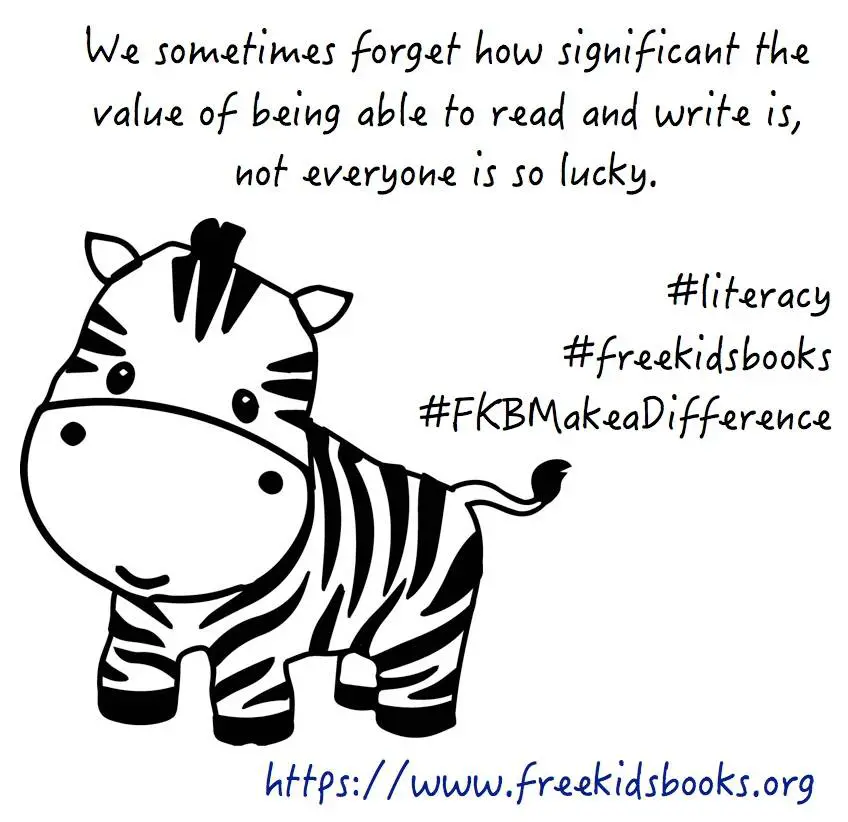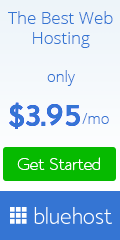Parents and teachers have unique insights that can benefit children’s learning journeys. Traditional publishing often presents barriers, but self-publishing lets passionate adults share specialized knowledge while maintaining creative control and potentially earning income.

The success stories speak volumes. Educator Maria Dismondy has sold nearly 300,000 self-published children’s books while working from home. This shows the strong demand for quality educational content created by those who understand children firsthand.
Digital platforms and resources have made the process more accessible. When educators and parents create meaningful content, they build a richer learning environment that helps children develop a love of learning.
Why Parents and Teachers Should Self-Publish Educational Content
 Self-publishing gives educators and parents the chance to share specialized knowledge. They maintain creative control while addressing specific learning needs overlooked by mainstream publishers.
Self-publishing gives educators and parents the chance to share specialized knowledge. They maintain creative control while addressing specific learning needs overlooked by mainstream publishers.
Benefits for Children’s Learning
Children thrive with diverse materials that speak to their interests. When familiar adults create custom content, they can introduce topics like STEM during key developmental periods. This early exposure builds neural pathways supporting future academic success.
Self-published materials often reflect children’s actual experiences. This personal connection increases their motivation to read and explore.
Children exposed to tailored materials show stronger adaptive behavior and cognitive development. Local cultural references help them connect academic concepts to daily life.
Encouraging Personalized Education
Self-publishing lets educators create materials for diverse learning styles and abilities. Teachers can develop resources for students needing additional support or enrichment beyond standard curriculum.
Parents can guide their children’s learning through resources aligned with family values. This bridges the gap between school and home education.
Digital publishing platforms allow creators to update content as children progress. They can include interactive elements, adjust difficulty levels, and incorporate familiar examples.
Filling Gaps in Existing Materials
Commercial publishers focus on mainstream topics, leaving niche subjects underrepresented. Self-publishers address specialized topics that traditional publishers might consider too narrow.
Parents and teachers who spot learning gaps can create targeted resources. These prove valuable for regional history, specialized STEM topics, inclusive representation, and subjects related to specific learning differences.
Self-publishers respond quickly to educational trends and new research. They create timely materials that might take years to appear in traditional channels.
Getting Started with Self-Publishing Educational Content
The self-publishing journey begins with understanding your audience, selecting formats, and creating well-structured materials.

Identifying Content Needs for Kids
Research current gaps in children’s educational materials. Look for underrepresented subjects or topics needing fresh approaches.
Consider age appropriateness carefully. Materials for first-graders differ significantly from those for middle schoolers.
Survey parents, teachers, and children about what they wish existed. Focus on creating content that solves specific problems or fills particular niches.
Choosing the Right Format and Platform
Educational content comes in many forms, each with distinct benefits:
Physical formats:
- Picture books (ages 3-8)
- Chapter books (ages 6-12)
- Workbooks and activity books
- Flashcards and learning aids
Digital formats:
- eBooks
- Interactive apps
- Printable PDFs
- Audio content
Choosing online book publishing platform affects distribution and reach. Self-publishing platforms like Amazon KDP, IngramSpark, or BookBaby offer different royalty structures and distribution networks.
Consider your technical skills and budget when choosing digital versus physical formats. Some platforms offer templates and tools that simplify the creation process for beginners.
Planning and Outlining Your Educational Material
Start with clear learning objectives that guide content decisions. Create a detailed outline that breaks complex topics into age-appropriate chunks.
Consider attention spans when planning. Younger children need shorter sections with more visual elements.
Incorporate different learning styles through varied activities. Plan assessment opportunities where appropriate to reinforce learning.
Best Practices for Creating Engaging and Effective Materials
Successful educational materials balance engaging content with effective teaching methods. Quality resources need thoughtful design with clear objectives.

Designing Age-Appropriate Content
Subdivide the curriculum into manageable segments. Match content complexity to cognitive development stages—simpler concepts for younger children, more nuanced ideas for older students.
Align materials with established learning standards while keeping content relevant to children’s experiences. Introduce new concepts gradually, providing practice opportunities before advancing to complex ideas.
Incorporating Interactive and Visual Elements
Use illustrations, diagrams, and charts to clarify abstract concepts. Include questions, puzzles, and activities to encourage critical thinking.
Incorporate various learning styles—visual aids for visual learners, auditory components for auditory learners, and hands-on activities for kinesthetic learners.
Ensuring Accessibility and Inclusivity
Make materials accessible to all learners regardless of abilities or backgrounds. Use clear, readable text with appropriate contrast and font choices.
Create inclusive content reflecting diverse cultures and family structures. Make digital publications compatible with screen readers and other assistive technologies.
Use inclusive language and avoid stereotypes. Conduct sensitivity reviews to identify problematic content before publication.
Measuring Learning Outcomes
Include built-in assessment tools to measure progress. Vary assessment methods from traditional questions to project-based evaluations.
Create pre-assessment activities to establish baselines and post-assessment tools to measure growth. Include reflection opportunities for learners to consider their progress and set future goals.
Promoting and Sharing Self-Published Educational Resources
Creating content is only half the journey. Effective promotion ensures your materials reach parents, teachers, and children.

Building an Audience
Identify your target audience precisely. Create a professional author platform through a website showcasing your educational philosophy.
Establish a social media presence. Pinterest works well for educational materials due to its visual nature. Instagram allows for engaging previews through carousels and stories.
Build an email subscriber list by offering free samples. Regular newsletters featuring teaching tips keep your audience engaged.
Partner with educational influencers who can review your materials. Their endorsement expands your reach to relevant audiences.
Promoting through Online Communities
Sell your resources on sites like Teachers Pay Teachers. Join Facebook groups focused on homeschooling or educational activities.
Write guest posts for educational blogs to showcase your expertise. Share helpful advice in parenting forums with tasteful mentions of your materials.
Participate in virtual conferences to demonstrate your teaching methods. These events establish credibility while introducing your materials to engaged educators.
Collecting Feedback to Improve Content
Add simple feedback mechanisms like QR codes linking to surveys. Ask specific questions about clarity, engagement level, and educational effectiveness.
Create a beta reader program for new materials. Host virtual focus groups to gather qualitative insights.
Track which sections generate questions. These patterns show areas needing clarification in future editions.
To conclude
Self-publishing empowers parents and educators to create meaningful educational content for children. The accessibility of platforms like Amazon’s Kindle Direct Publishing has opened the publishing process to individuals with valuable knowledge.
Students engage more deeply when their work reaches beyond the classroom. This authentic audience creates purpose that traditional assignments often lack.
The benefits extend to creators and readers alike. Parents address specific needs, teachers customize materials for curriculum requirements, students gain confidence, and readers access diverse perspectives.
Collaboration between parents and schools through publishing ventures strengthens educational communities. Self-publishing will continue to evolve as technology makes the process more accessible to all stakeholders.










Self-reliance and self-confidence are really important in shaping good communication for children. Useful knowledge brings effective delivery methods. Content is really valuable.
This is a fantastic idea! Self-publishing empowers educators and parents to reach a wider audience with niche content. Think of the possibilities for engaging, personalized learning materials!
Children’s educational experiences might benefit from the distinct perspectives that parents and educators possess.